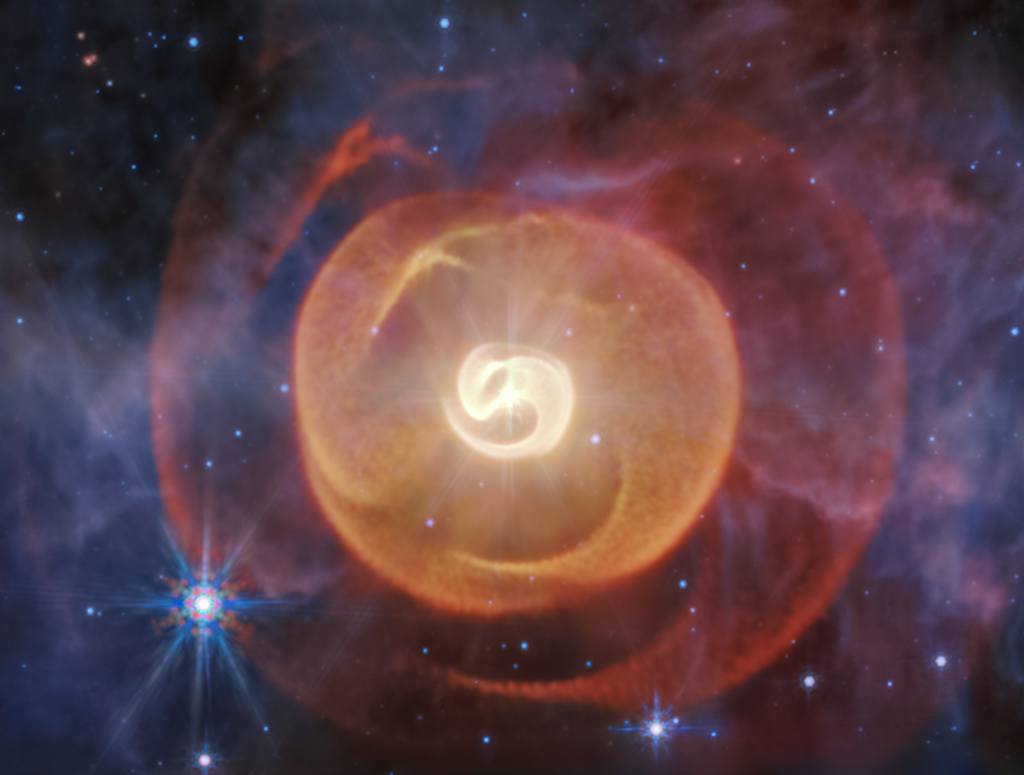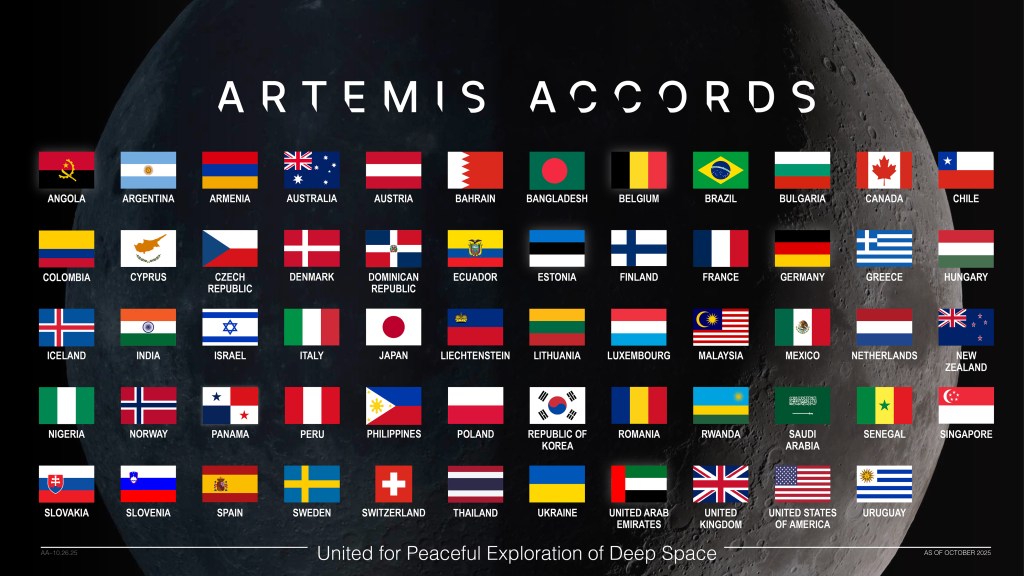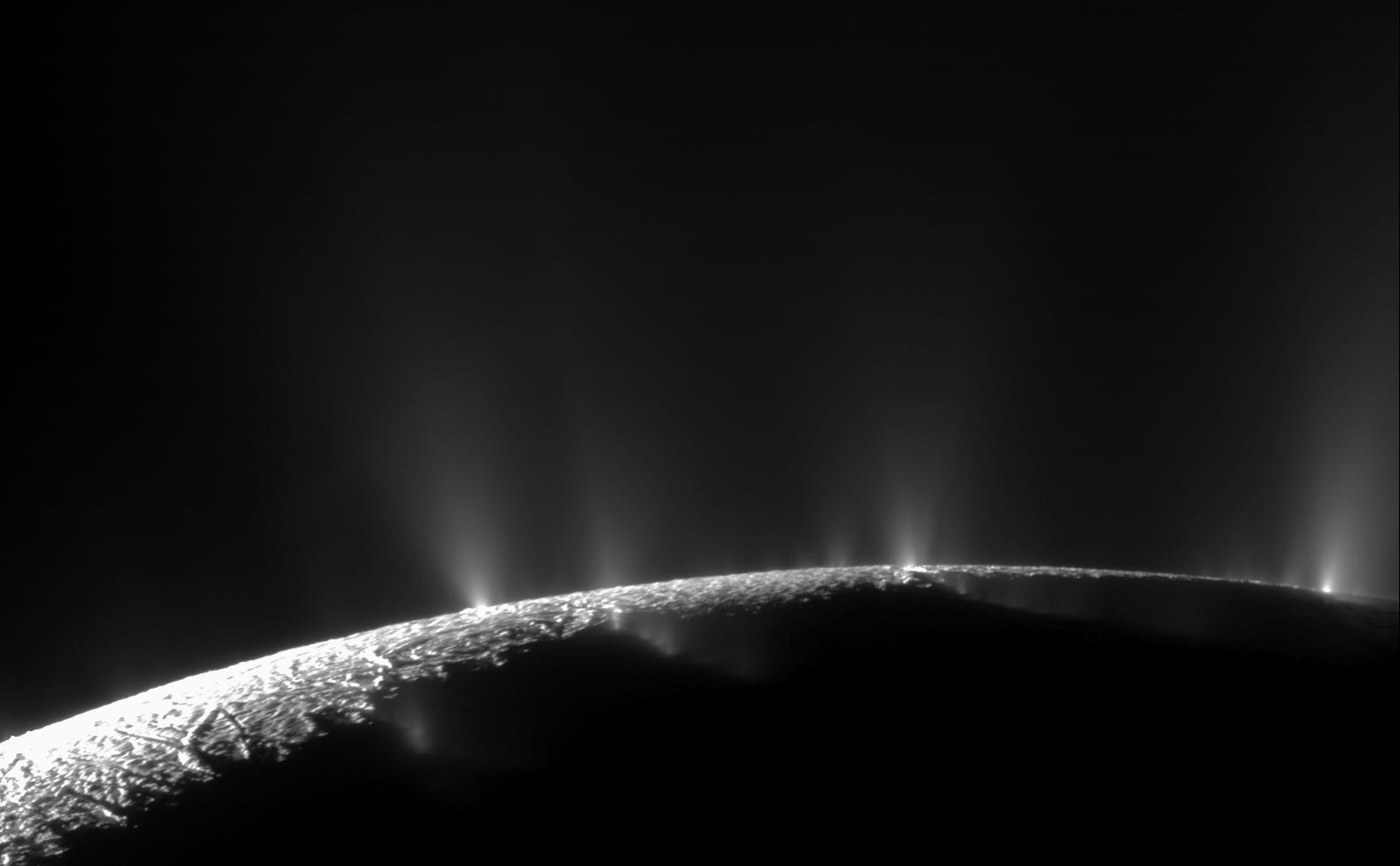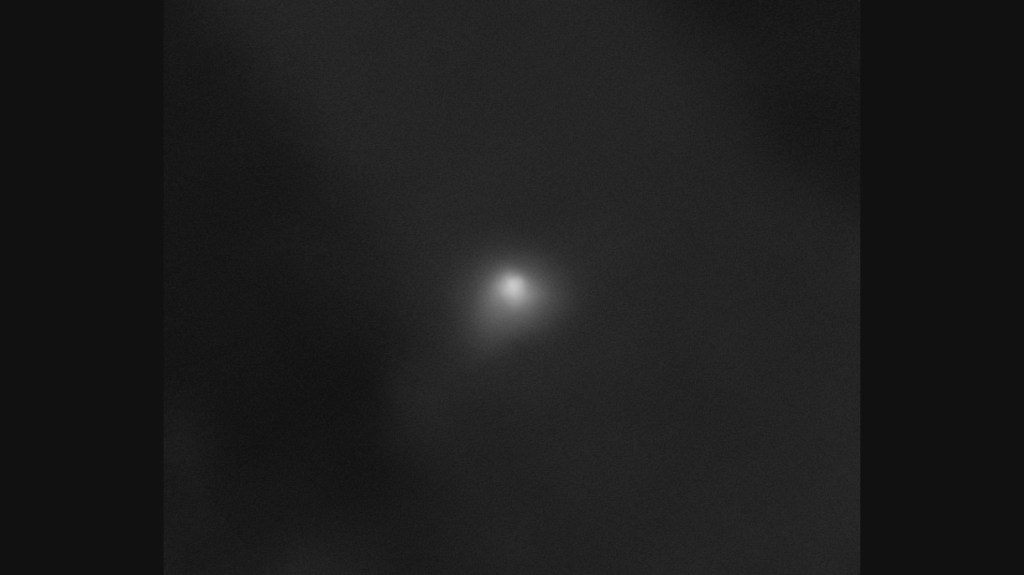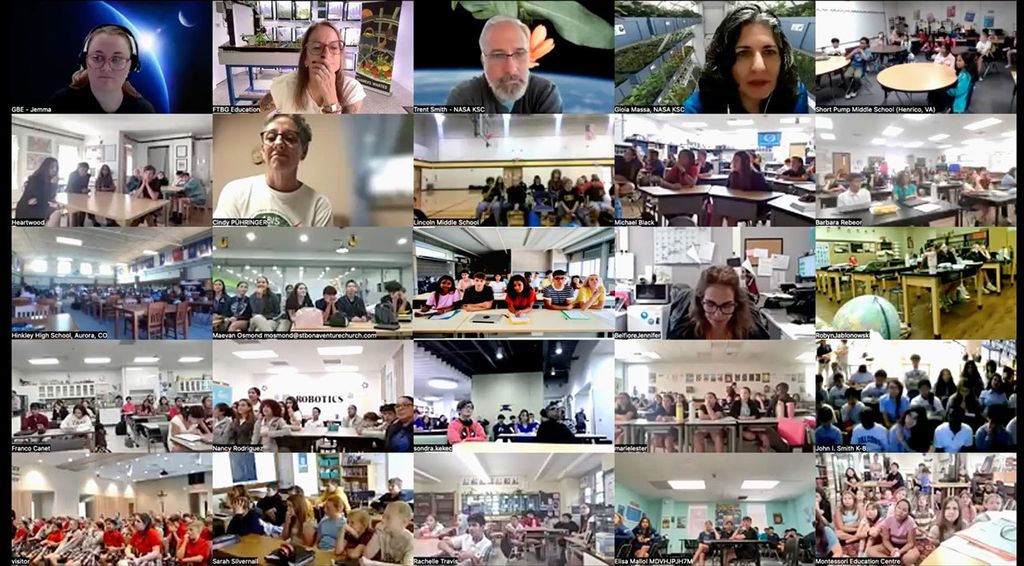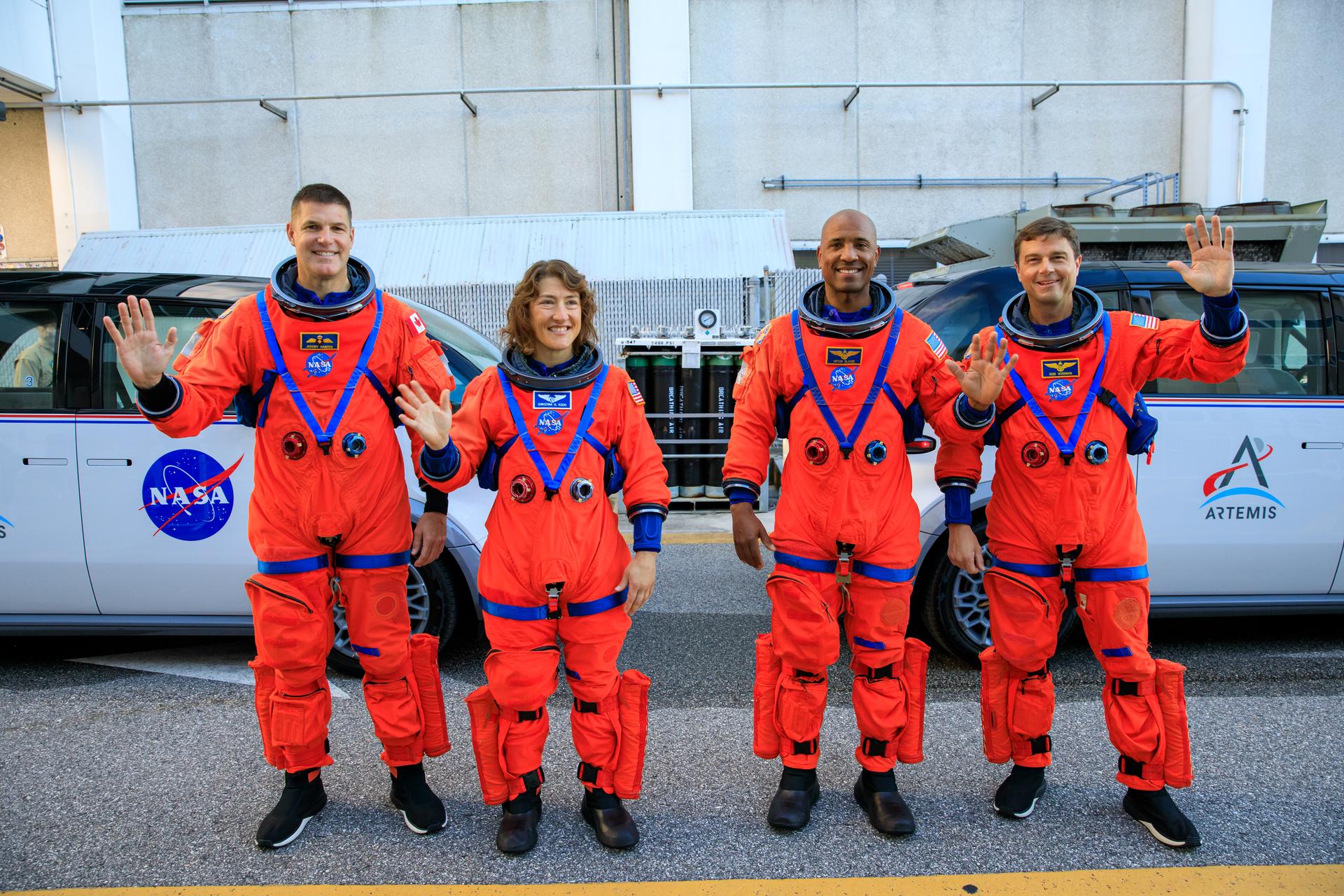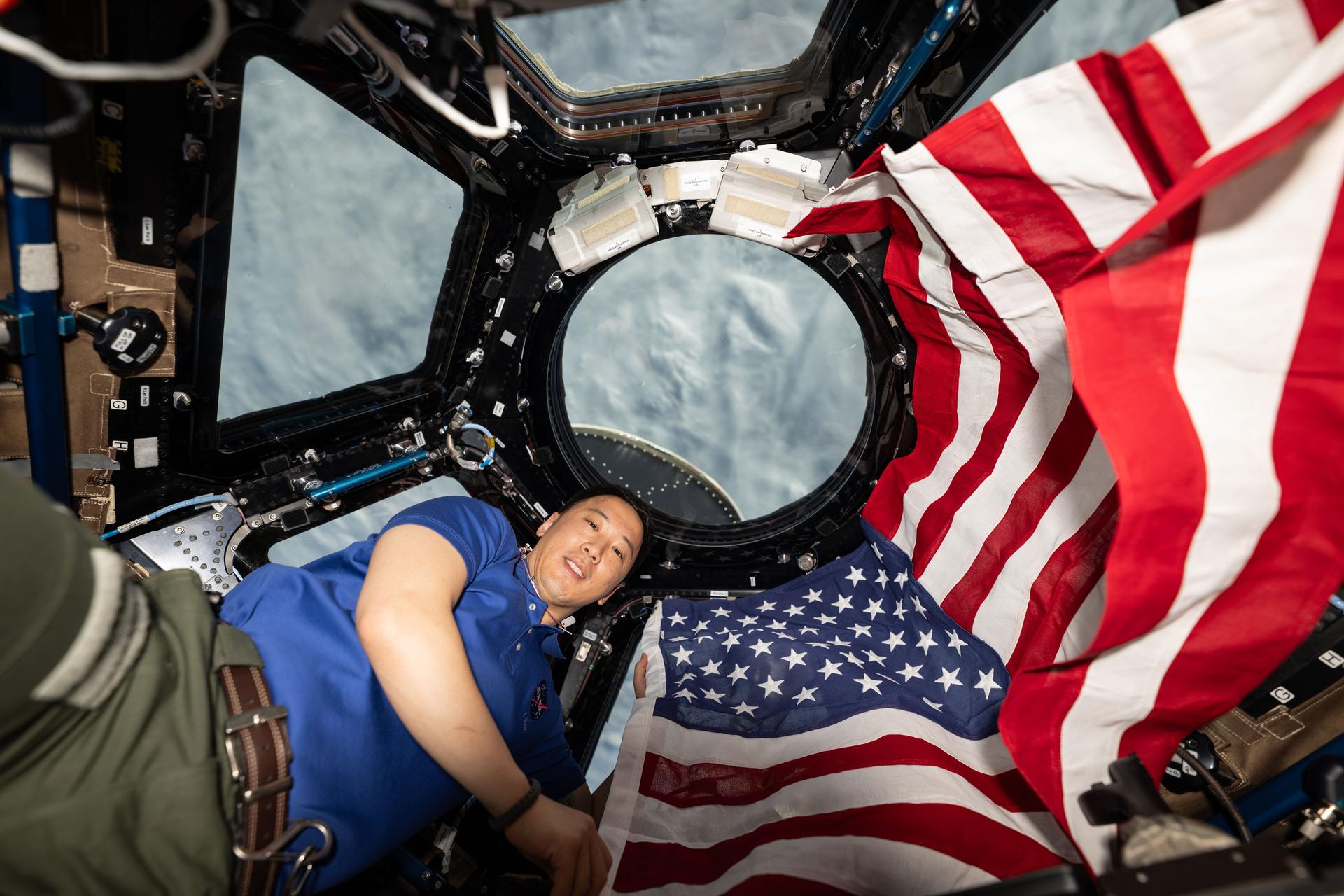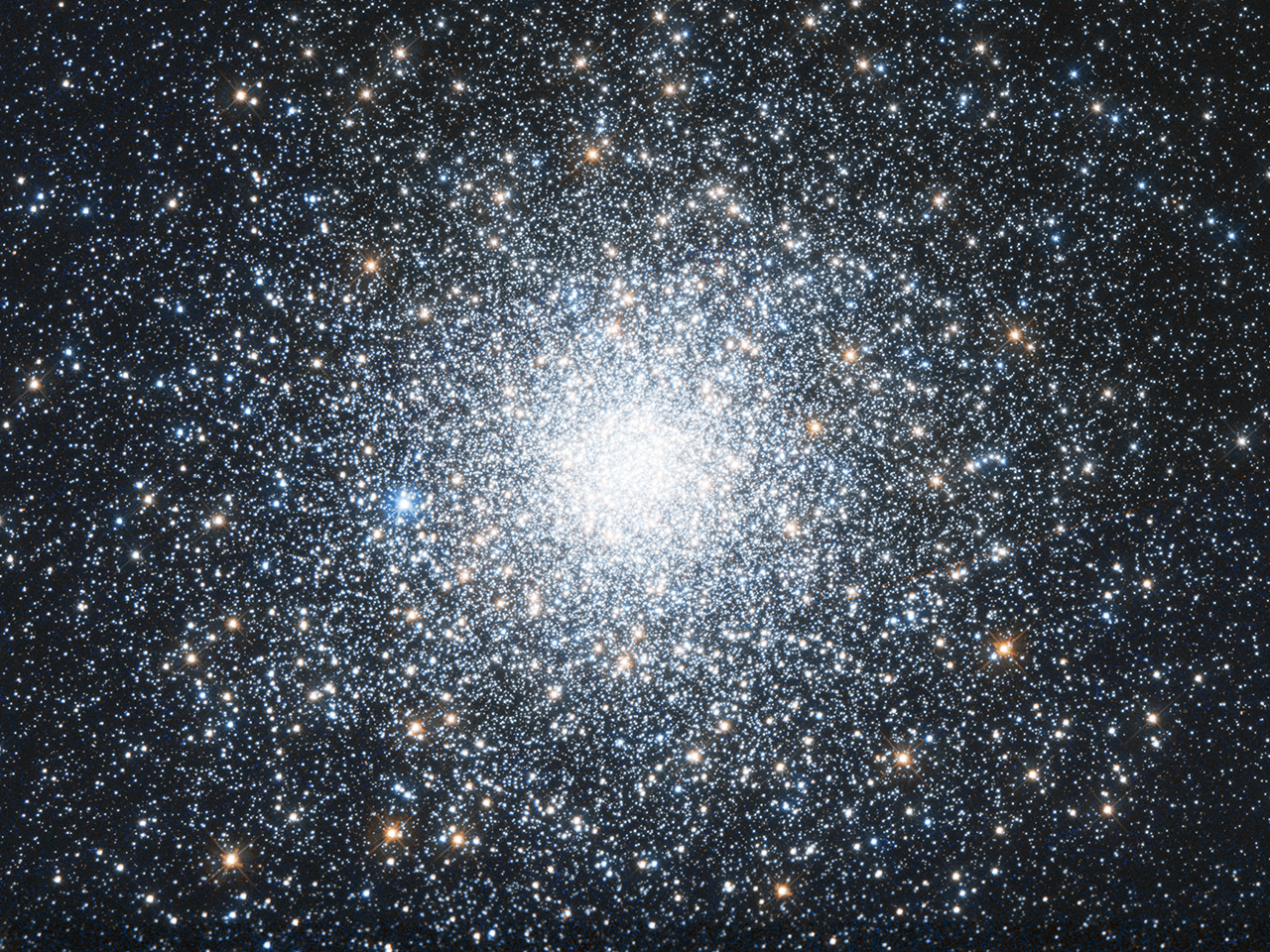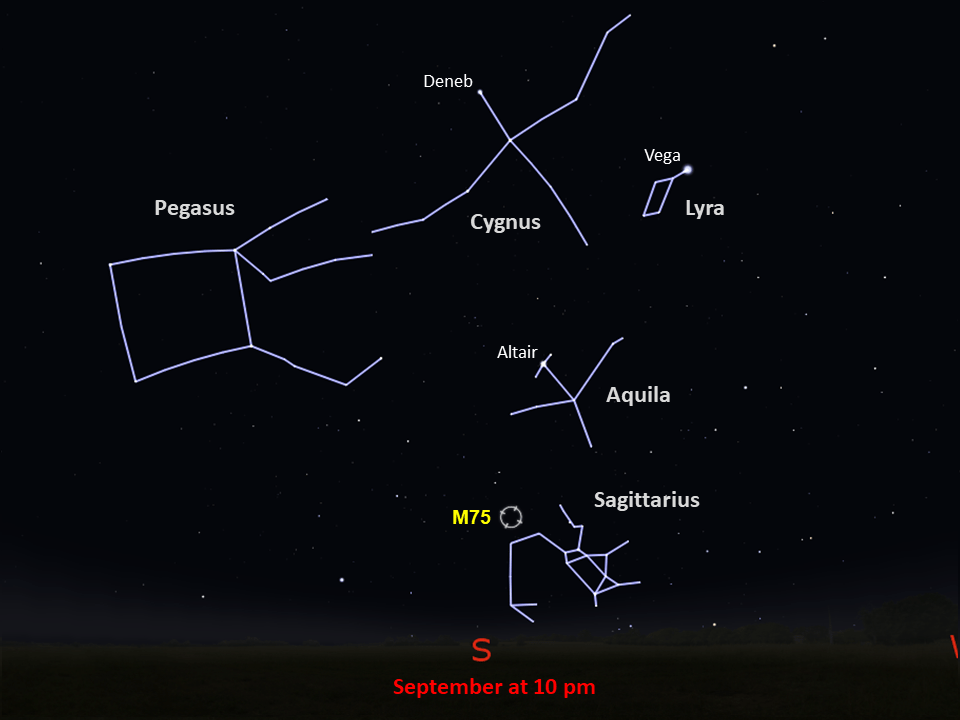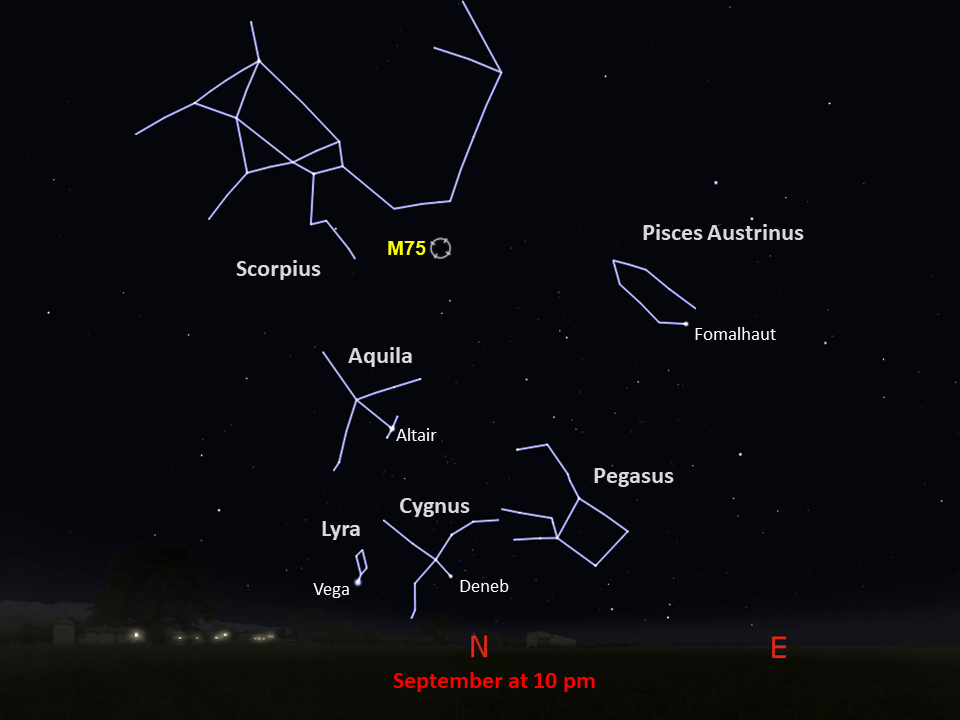Messier 75
This globular cluster holds roughly 400,000 stars.
Distance
67,500 light-years
Apparent Magnitude
8.6
constellation
Sagittarius
object type
Globular Cluster
This beautiful image features the globular star cluster M75. Pierre Méchain discovered M75 in August of 1780. Charles Messier observed the cluster in October 1780 and added it to his catalog after determining its position.
Located in the western part of Sagittarius, M75 has a magnitude of 8.6. The cluster holds some 400,000 stars and is surprisingly easy to see in binoculars and telescopes thanks to its extremely condensed center of stars. However, because of its compact nature, M75 looks very similar to a star when viewed in binoculars. Telescopes 10 inches across or larger should be able to resolve some of the stars in the cluster. September is the best month to observe M75.
This Hubble image of M75 is a composite of observations taken in near-infrared and visible light using the Wide Field and Planetary Camera 2 and the Wide Field Camera 3. The image features the bright central core of M75 and its surrounding stars. The Hubble observations were made to help astronomers better understand the stellar populations in globular clusters and to investigate the clusters’ potential for harboring central, intermediate-mass black holes (with approximately one hundred to one million times the mass of our Sun).
For more information about Hubble's observations of M75, see:
Explore Hubble's Messier Catalog
The following pages contain some of Hubble’s best images of Messier objects.

Overview The Messier catalog, begun by astronomer Charles Messier in the 18th Century and revised over the years, includes some…
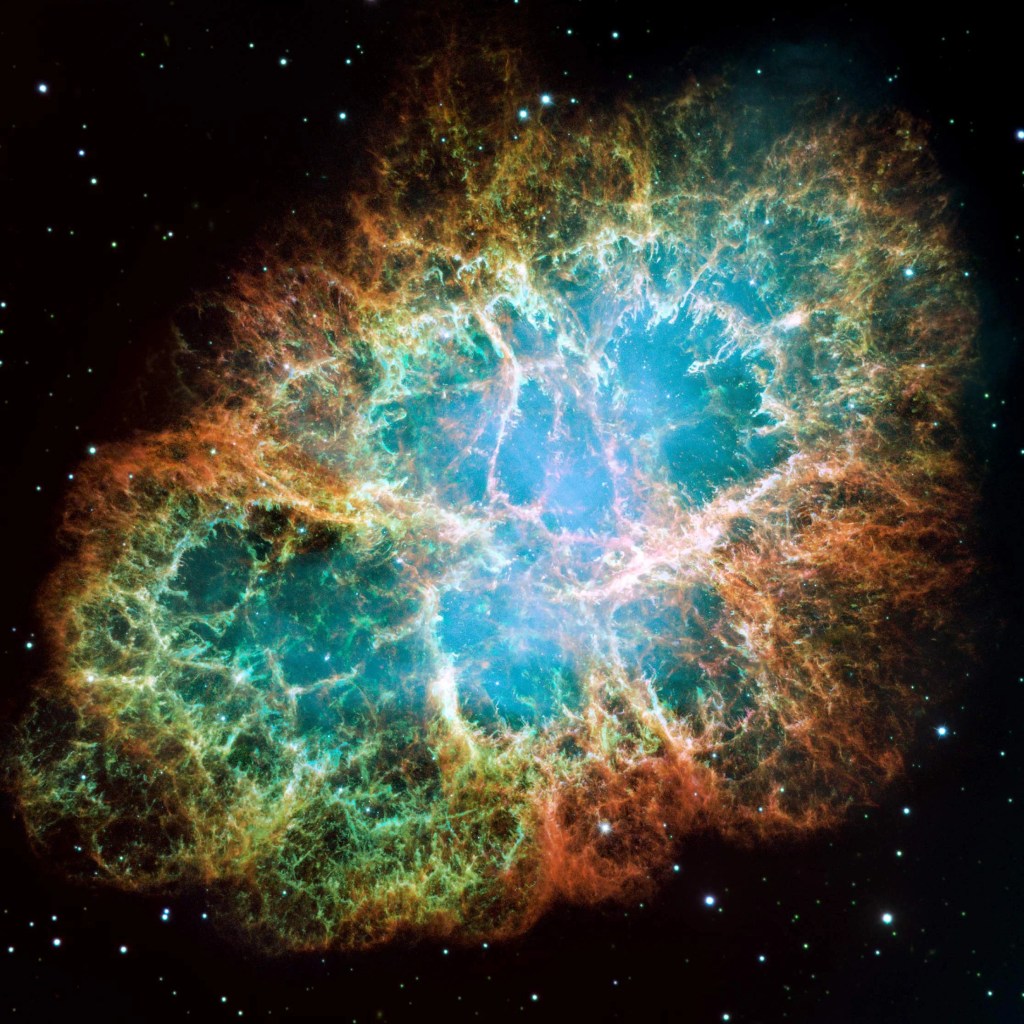
Better known as the Crab Nebula, Charles Messier originally mistook Messier 1 for Halley’s Comet, which inspired him to create…
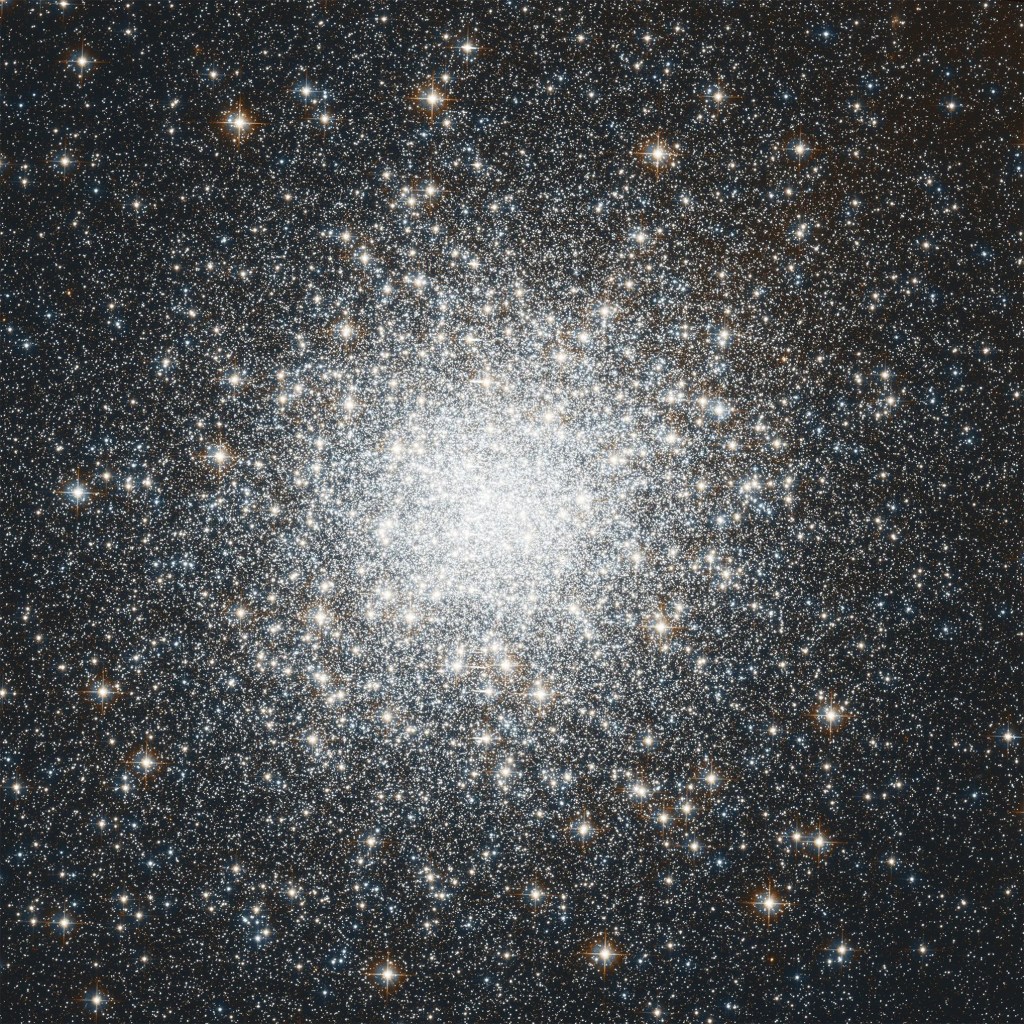
Hubble's image of Messier 2 is comprised of visible and infrared wavelengths of light.

